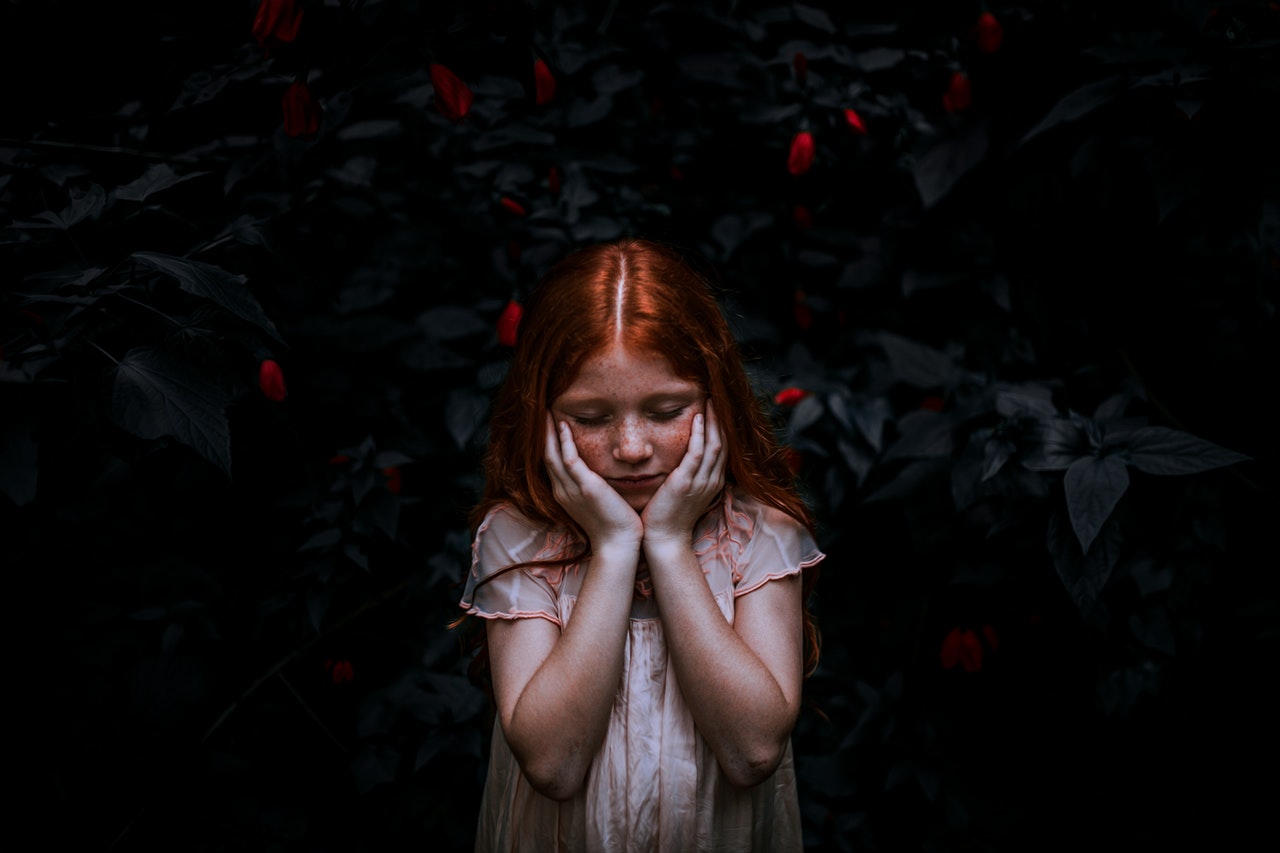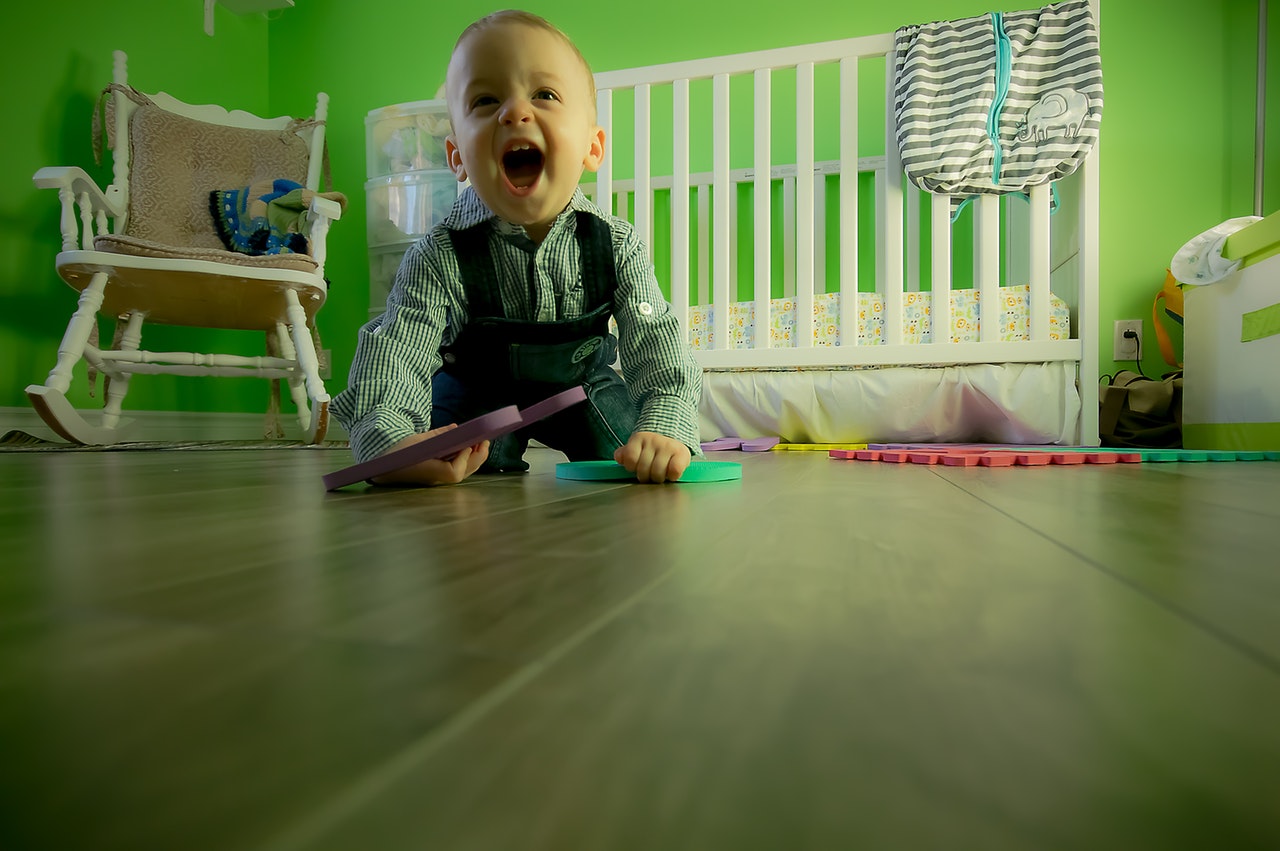Anxiety is one of the most common mental health concerns for children and adults. In adults, anxiety can be baffling and difficult to cope with, but when dealing with anxiety in your child, it can be heartbreaking. Anxiety symptoms can also mimic attentional or learning issues because children cannot concentrate if they are worrying all the time. Watching them struggle to cope with their emotional and physical responses to their anxiety, we feel helpless. As parents or caregivers we want to love them, hold them and protect them. But when the anxiety manifests in a child, it is difficult for those who don’t understand how to help, or where to turn for information or support.

All kids are different and what works well for one child might not work for another. Learning to manage symptoms of anxiety and cope with triggers takes time and practice. Sometimes, a simple security object or toys children love can make a world of difference for a child with anxiety. Parents can also help their children by trying some of these strategies at home:
Relaxation Strategies
Regulating both emotional and physical responses when a child is forced into fight-flight-mode (which is a very common term to describe anxiety) can be achieved several different ways, such as deep breathing with their eyes closed. This will shut off the external stimulant(s) and help calm the child before the stimulants manifest into a complete meltdown.
Creating a relaxation kit can also be helpful. This kit could contain a myriad of items, most of which can be chosen (with your help) by your child. For example, a favourite movie and popcorn to watch, music, colouring books or even a treasured stuffy or security item.

Writing it out
But writing out their worries, then later tearing up the paper, children can learn to express their emotions, and to safely discard them. It makes their worries tangible, something they have expressed and subsequently let go of, regardless of how far-fetched or improbable they may be. This will help break the cycle of the negative thinking that can exacerbate their anxiety.
Talking it out
Let your child know you are there for them, and that they can express their anxiety in words with you. Ask them what they are worried about and why they think they are so upset by this. Let them know they are not alone, as that is one of the most common anxiety related fears in young children. Let them know there is a community there to help them work though it, that they aren’t the only one suffering from anxiety. Let your child know its ok to have their fear and worries, and that you have them too. Sometimes, children relate better when they know they are just like a parent or caregiver. Then, focus on the positives. Teach them there is always something positive in every situation, you just need to train your brain to find the positive, not the negative.

Playing it out
Sometimes, idle hands make the brain go crazy, and for many kids with anxiety, this rings 100% true. Fidget toys can be extremely helpful to calm a crazy mind, or to keep idle hands from doing destructive or naughty things that can be caused when anxiety manifests with no outlet. Role playing with Mom or Dad can also help as the child can play in the third person to help express themselves and communicate the source of their anxiety without even knowing it.
With many causes of anxiety in children, there is no golden cure. While one solution may work once or twice, and not the third or subsequent time, another may aid in calming a child every single time. Dealing with anxiety is about trial and error until the child is old enough to recognize the symptoms and causes, and can regulate and address the worries and stresses without help from Mom and Dad. But until then, they need to know they are loved and just like everyone else. There is no normal anymore.



